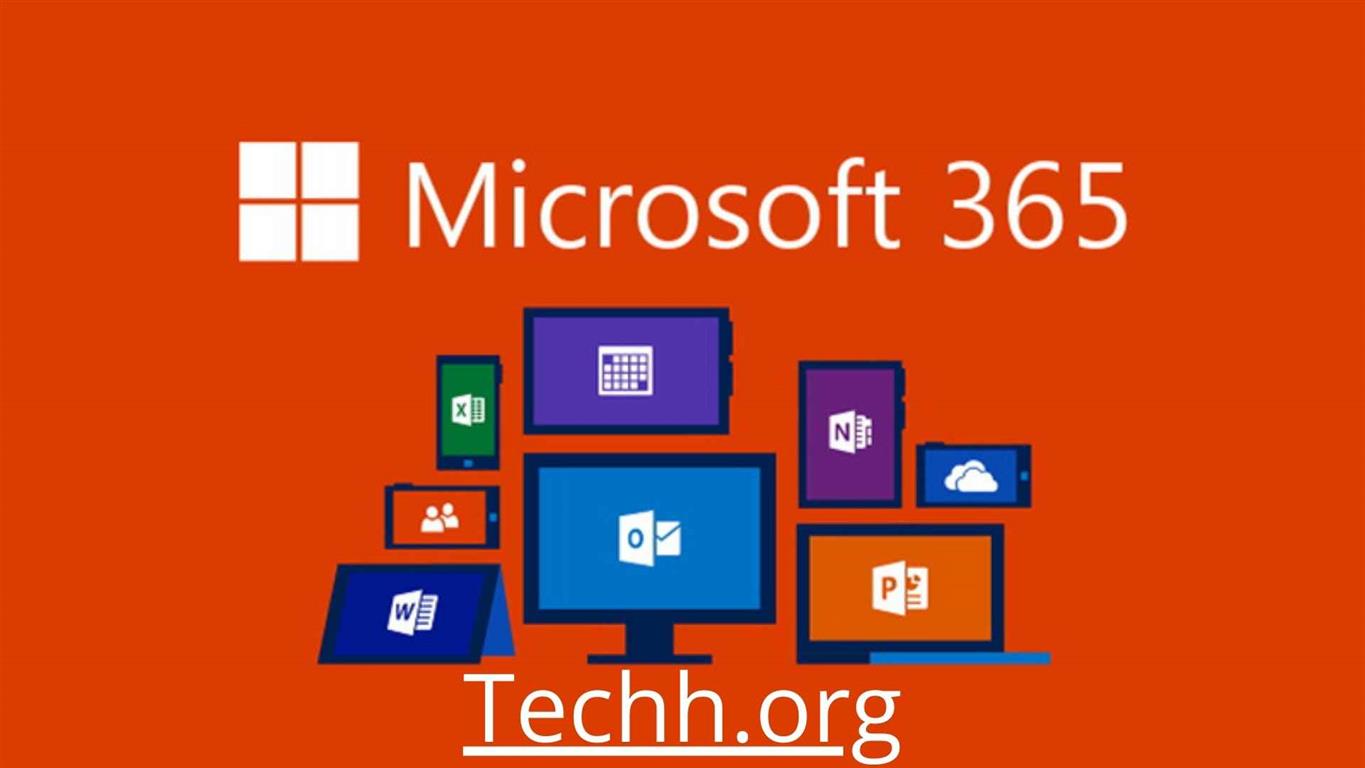Introduction Microsoft Office 365
In the annals of software history, few suites have had as profound an impact on personal and professional productivity as Microsoft Office. With the introduction of Office 365, Microsoft reimagined its iconic software suite for the cloud era, enhancing flexibility, collaboration, and accessibility. Let’s explore the dynamics of Office 365, its features, and the benefits it brings to the table.
The Genesis of Office 365
Microsoft Office’s journey began in the late 1980s with the introduction of individual productivity tools like Word, Excel, and PowerPoint. Over the years, as the suite expanded and evolved, Microsoft recognized a paradigm shift in the digital landscape – the rise of the cloud. Thus, in 2011, Microsoft Office 365 was introduced, marrying the familiar Office applications with cloud capabilities.
Core Components
Office 365, now often referred to as Microsoft 365, provides a comprehensive suite of tools designed to meet a broad spectrum of needs:
- Word: The word-processing powerhouse, ideal for creating documents, reports, and more.
- Excel: A versatile spreadsheet tool, used for data analysis, budgeting, and mathematical computations.
- PowerPoint: The go-to for presentations, offering a range of design and multimedia capabilities.
- Outlook: A holistic email solution, combining email, calendar, contacts, and tasks.
- OneNote: A digital notebook to capture and organize notes, drawings, screen clippings, and more.
- OneDrive: Cloud storage that seamlessly integrates with other Office tools, ensuring files are accessible anywhere.
- Teams: A collaboration hub, facilitating chats, video conferencing, and seamless document collaboration.
Cloud-Powered Capabilities
- Anywhere Access: With Office 365, your files and applications aren’t tied to a single device.
- Collaboration: Real-time co-authoring in documents allows multiple users to collaborate seamlessly. Teams can work on a single file simultaneously, enhancing productivity.
- Automatic Updates: No more manual installations. Office 365 updates itself, ensuring users always have access to the latest features and security patches.
- Integration: Office 365 offers integration with a myriad of third-party apps and services, from CRM systems to graphic design tools.
Security and Compliance
In the digital age, security is paramount. Microsoft has embedded multiple layers of security within Office 365:
- Data Encryption: Both at rest and in transit, your data is encrypted.
- Advanced Threat Protection: This tool identifies and blocks potential threats, ensuring the integrity of your data.
- Compliance: Office 365 adheres to global compliance standards, with features like eDiscovery and Data Loss Prevention to aid in regulatory adherence.
Subscription Model
Unlike traditional software purchases, Office 365 operates on a subscription model. Users choose from several subscription tiers, each catering to different needs – from individual users to large enterprises. This model ensures scalability and flexibility.
Challenges and Criticisms
Despite its plethora of features, some users have raised concerns about Office 365. These primarily revolve around the recurring costs of the subscription model and the learning curve associated with some advanced features. However, many find the suite’s benefits far outweigh its challenges.
Conclusion Microsoft Office 365
Microsoft Office 365 stands as a testament to the evolution of digital productivity tools. It encapsulates the need for flexible, cloud-based solutions in an increasingly interconnected world. Whether you’re a student crafting an essay, a business professional analyzing data, or a team collaborating on a project, Office 365 offers the tools to simplify, enhance, and revolutionize the way you work. In a world where remote work and digital collaboration are becoming the norm, Office 365 emerges as an indispensable ally in our digital endeavors.






One thought on “Microsoft Office 365: The Digital Evolution of Productivity”
Comments are closed.